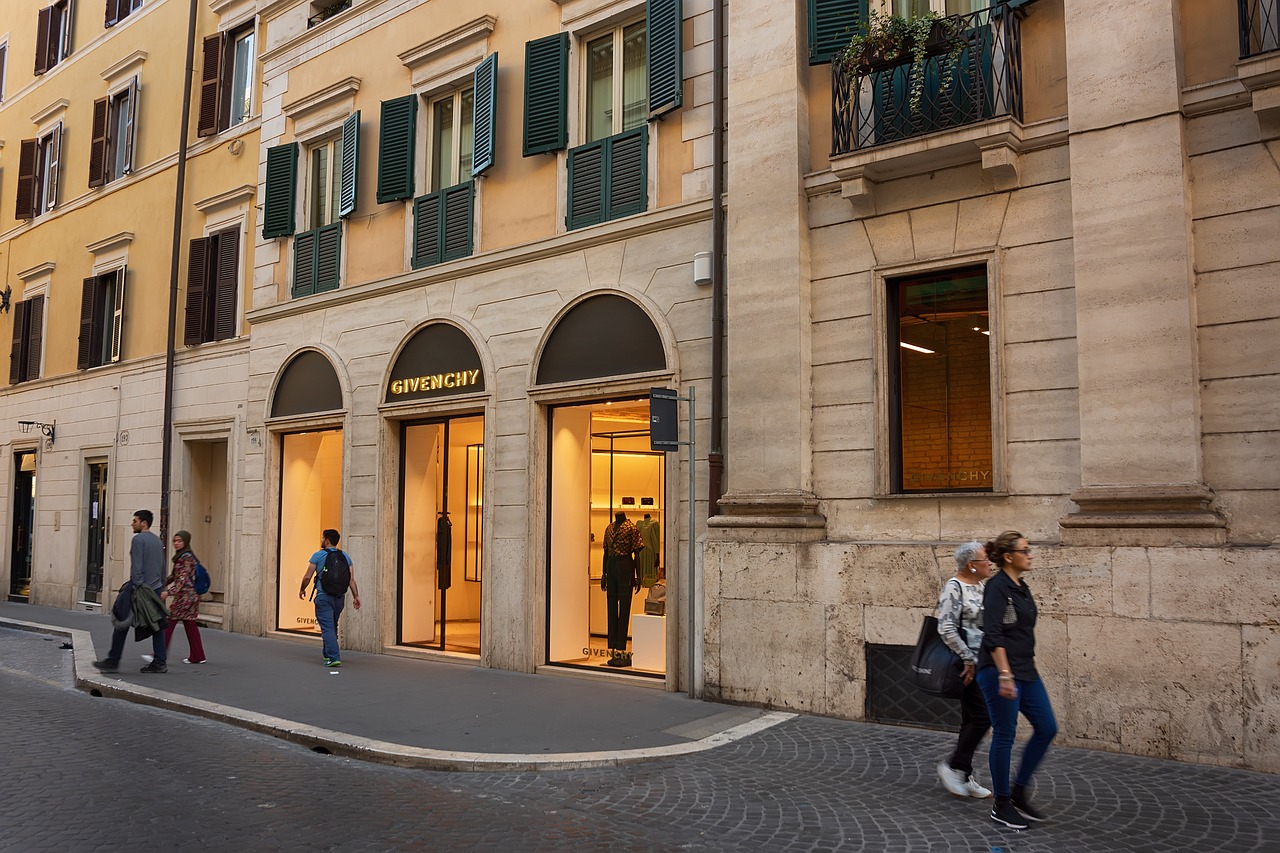September is one of the most important months of the year for every fashion enthusiast, as it is when the most prestigious fashion weeks in Milan, Paris, London and New York take place. It is worth making sure that you do not use polonised or colloquial names of your favourite brands. To avoid faux-pas, the linguists of the Babbel language learning platform have prepared a guide on how to pronounce the names of foreign fashion brands.
With New York Fashion Week (7-13.09), we kick off fashion September with a look at what trends will reign in the coming months. Next will be London Fashion Week (15-19.09), Milan Fashion Week (19-25.09) and Paris Fashion Week (25.09-3.10). During these, we will read many times about fashion brands – both iconic and emerging, which are currently on everyone’s lips. And their names can sometimes cause a lot of trouble! That is why the linguists at the Babbel language learning platform have prepared a summary of the pronunciation rules in English, Italian and French that are worth knowing
American fashion brand names:
Names of Italian fashion brands:
French fashion brand names:

Basic rules of pronunciation in French



























